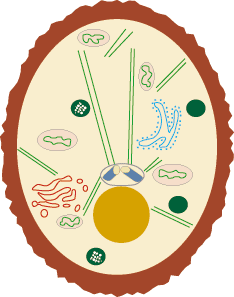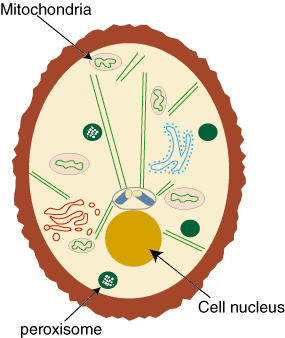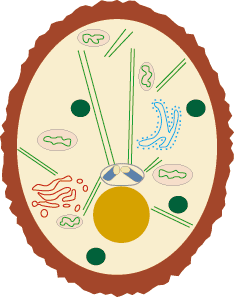Suggestions
Use up and down arrows to review and enter to select.Please wait while we process your payment
If you don't see it, please check your spam folder. Sometimes it can end up there.
If you don't see it, please check your spam folder. Sometimes it can end up there.
Please wait while we process your payment

By signing up you agree to our terms and privacy policy.
Don’t have an account? Subscribe now
Create Your Account
Sign up for your FREE 7-day trial
Already have an account? Log in
Your Email
Choose Your Plan
Individual
Group Discount
Save over 50% with a SparkNotes PLUS Annual Plan!
 payment page
payment page
Purchasing SparkNotes PLUS for a group?
Get Annual Plans at a discount when you buy 2 or more!
Price
$24.99 $18.74 /subscription + tax
Subtotal $37.48 + tax
Save 25% on 2-49 accounts
Save 30% on 50-99 accounts
Want 100 or more? Contact us for a customized plan.
 payment page
payment page
Your Plan
Payment Details
Payment Summary
SparkNotes Plus
You'll be billed after your free trial ends.
7-Day Free Trial
Not Applicable
Renews May 3, 2024 April 26, 2024
Discounts (applied to next billing)
DUE NOW
US $0.00
SNPLUSROCKS20 | 20% Discount
This is not a valid promo code.
Discount Code (one code per order)
SparkNotes PLUS Annual Plan - Group Discount
Qty: 00
SparkNotes Plus subscription is $4.99/month or $24.99/year as selected above. The free trial period is the first 7 days of your subscription. TO CANCEL YOUR SUBSCRIPTION AND AVOID BEING CHARGED, YOU MUST CANCEL BEFORE THE END OF THE FREE TRIAL PERIOD. You may cancel your subscription on your Subscription and Billing page or contact Customer Support at custserv@bn.com. Your subscription will continue automatically once the free trial period is over. Free trial is available to new customers only.
Choose Your Plan
For the next 7 days, you'll have access to awesome PLUS stuff like AP English test prep, No Fear Shakespeare translations and audio, a note-taking tool, personalized dashboard, & much more!
You’ve successfully purchased a group discount. Your group members can use the joining link below to redeem their group membership. You'll also receive an email with the link.
Members will be prompted to log in or create an account to redeem their group membership.
Thanks for creating a SparkNotes account! Continue to start your free trial.
We're sorry, we could not create your account. SparkNotes PLUS is not available in your country. See what countries we’re in.
There was an error creating your account. Please check your payment details and try again.
Please wait while we process your payment

Your PLUS subscription has expired
Please wait while we process your payment
Please wait while we process your payment

Problem :
Identify the cell nucleus, mitochondria, and peroxisomes in the following
diagram.


Problem : What is the name of the structures into which DNA is packaged inside the cell nucleus?
DNA is packaged into chromosomes with proteins in the cell nucleus.Problem : Does the nucleus allow molecules to pass across its double membrane?
Yes. The nuclear membrane contains pores that allow only certain molecules to pass across its membrane either in or out of the cell.Problem : Why does the mitochondria have two distinct sub-compartments?
Mitochondrial membranes have two layers—an inner and outer membrane. As a result, there are two distinct spaces in the organelle. One between the inner and outer membranes, called the intermembrane space, and one within the inner membrane, called the matrix space.Problem : What is the chemical process that occurs in the peroxisomes?
Oxidation. The peroxisomes contain enzymes that oxidize intracellular molecules like fatty acids.
Problem :
Identify the endoplasmic reticulum, golgi apparatus, and lysosome in the
following diagram.


Problem : Why is it called "rough" endoplasmic reticulum?
It is called rough endoplasmic reticulum because it is coated with small ribosomal particles that for a bumpy coat on the cytosolic side of the ER membrane. It is contrasted with smooth ER which lacks these ribosomes.Problem : How are proteins segregated in the golgi apparatus for secretion?
Most proteins contain a signal sequence at its end that tell the golgi to where in the cell it should be secreted.Problem : Into which face of the golgi apparatus do proteins from the ER enter? Which face do they exit from?
Proteins enter the golgi apparatus through the cis face and exit through the trans face.Problem : What is the function of the lysosome?
The lysosome functions to remove intracellular debris by digesting it with the acidic enzymes found inside it.Please wait while we process your payment

